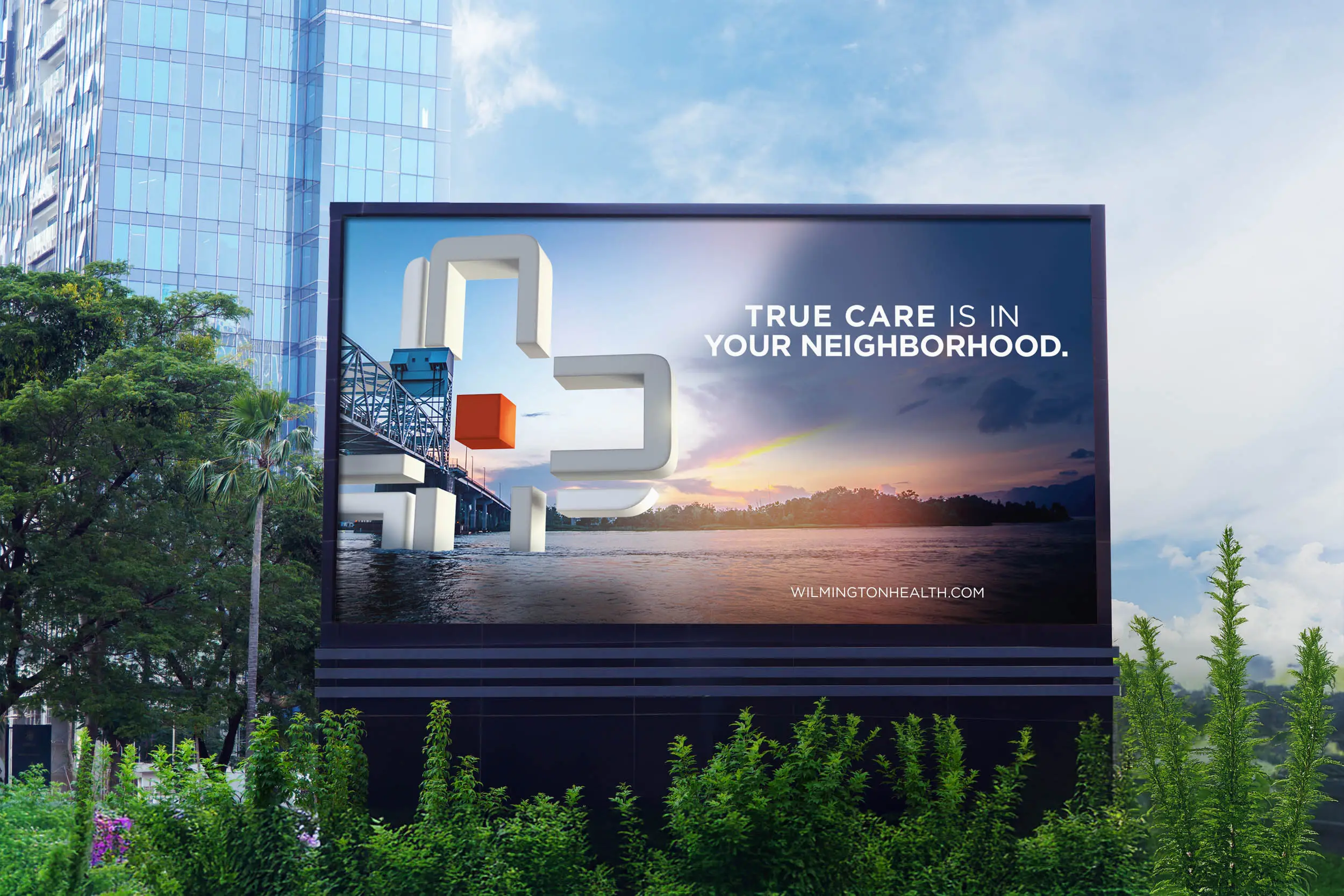
For those in real estate development, the business landscape can be a constantly shifting one — with changes largely fueled by ever-evolving consumer preferences. And when it comes to the private community amenities that are most likely to attract modern buyers, what was popular with yesterday’s homebuyer can fairly quickly be seen as dated by the homebuyer of tomorrow. As a result, developers trying to determine the most attractive community amenities package for the homebuyer of the era certainly have their work cut out for them.
Here, we’ll take a look at the current housing market and identify three trends in community amenities that have shifted over the past two decades. Read on to learn how some of the community features that helped sell the neighborhoods of the past have evolved when it comes to creating a stronger sense of community and drawing in the homebuyer of today:
1. Teeing up recreational amenities
For higher-end real estate developments delivering in-community recreational opportunities, the physical amenity set of the past was pretty standard. Often centered around a country club, these developments typically included features such as a golf course, tennis courts, a pool and/or a clubhouse. This setup, though, has evolved significantly over the years, and there are many factors behind the shift.
The primary driver of this evolution: changing homebuyer interests. During the flurry of private community development that took place in the late 1990s and early 2000s, the primary consumer group — baby boomers — was fairly easy to predict in terms of what its members valued in a community. The amenity mix mentioned above (private golf courses, private tennis courts, resident-only pools, clubhouses, etc.) was fairly standard, and in general, it was what developers were offering and buyers were accepting.
The key here is that most of the community amenities were built around physical considerations like sports and social interaction. And the demographic’s mindset was very consistent, as the buyer set was of a fairly predictable age and stage of life — generally pre-retirement for second homeowners and retirement for primary homeowners.
Today, while sports, fitness and wellness are still big drivers of the most popular community amenities of the era, they don’t necessarily have to be of the country club-centered variety any longer.
2. A more general focus on health and wellness
In today’s higher-end real estate developments, offerings have shifted away from golf courses and (to a lesser extent) pools to include other types of recreational opportunities such as pickleball — an especially hot game in today’s retirement communities. Other health and wellness-focused amenities that have overtaken the golf course in today’s communities include fitness centers, spas and fitness areas, and walking trails.
In fact, according to a 2018 survey of nearly 3,500 modern homebuyers by RCLCO Real Estate Advisors, some of the respondents’ most-desired community amenities included fitness centers (37% of respondents considered very important), trails (34% considered very important), dog parks (27% considered very important) and sports courts (26% considered very important). Resort pools still remained fairly popular, with 32% of those surveyed considering them very important, while golf courses landed at the bottom of the top-15 list with just 16% of respondents considering them very important.
For developers, the evolution toward health and wellness-focused amenities has been great news for the bottom line. These new amenities are highly effective at attracting homebuyers of all age groups with the promise of an active community, and to the delight of developers, they are much less expensive to build and maintain than are golf courses and private pools.
This shift toward more economical community amenities, of course, was no accident. The financial crisis of 2007-08, along with the recession that followed it, disrupted the real estate development industry in many ways. One of the biggest changes it ushered in was seen in how developers marketed their newly chosen — and cheaper — amenity sets to potential homebuyers. In this area, a huge “health and wellness” movement tipped the scales from purely physical and social considerations such as golf courses and pools to offerings with a stronger emotional and psychological focus. The resulting offerings included spas, yoga, resort-style meditation classes and on-site wellness courses. Collectively, all of these became as important as the golf course and clubhouse were in previous eras — and contributed heavily to the decline of the golf also course as the community amenity of choice.
3. A younger target buyer
Supporting both trends mentioned above is, in general, a gradual shift among developers toward targeting a younger customer to buy into their communities — both to offset the aging baby boomers who drove the earlier market and to inject some new life into today’s communities. This has resulted in a more open-minded consumer regarding the aforementioned shift in community-amenity offerings, and it has also ushered in a whole new set of amenities being built around entertaining children/youth.
Putting the community amenities sought by buyers of different age groups into perspective, a 2016 study by the National Association of Home Builders ranked the top eight community-amenity features preferred by millennials, Gen Xers, baby boomers and seniors. A pair of activity-related features — park areas and walking/jogging trails — made the rankings for all of the age groups. Parks were #1 on the list for millennials, #2 for Gen Xers, #3 for baby boomers and #4 for seniors. Trails were #3 for millennials, Gen Xers and seniors, while they landed at #4 for baby boomers. The NAHB study results also showed playgrounds making the top eight most preferred community-amenity features for both millennials (for whom they ranked at #4) and Gen Xers (for whom they ranked at #8).
For developers, the aforementioned move toward child-friendly amenities has delivered a double appeal: These new, kid-focused amenities offer a way to entertain the grandchildren of the boomer residents, while they also appeal to the younger buyers with children. Today, the pendulum has ultimately swung back closer to a state of equilibrium, where you see a mix of all of these amenities rolled into a common offering.
Could your real estate brand benefit from some professional marketing help? At The Brandon Agency, our team has the know-how to move the needle in a spectrum of industries, and we’ve proven this time and again for our customers in the real-estate market. Regardless of the times, we understand that the key to effective real estate marketing is to generate qualified leads that convert to tours, then to high-consideration prospects — all in the most compressed time period possible. Further, our fully integrated marketing firm can help you develop a winning marketing strategy that comprehensively covers all the bases, including vital elements such asweb design, brand strategy, creative, interactive, social media, analytics, conversion rate optimization and SEO — all in one place. To get started with help ranging from a simple website analysis to a comprehensive strategy tailored to boost the performance of all of your marketing campaigns, contact us today.
By subscribing to our newsletter, you agree to our Privacy Policy.




